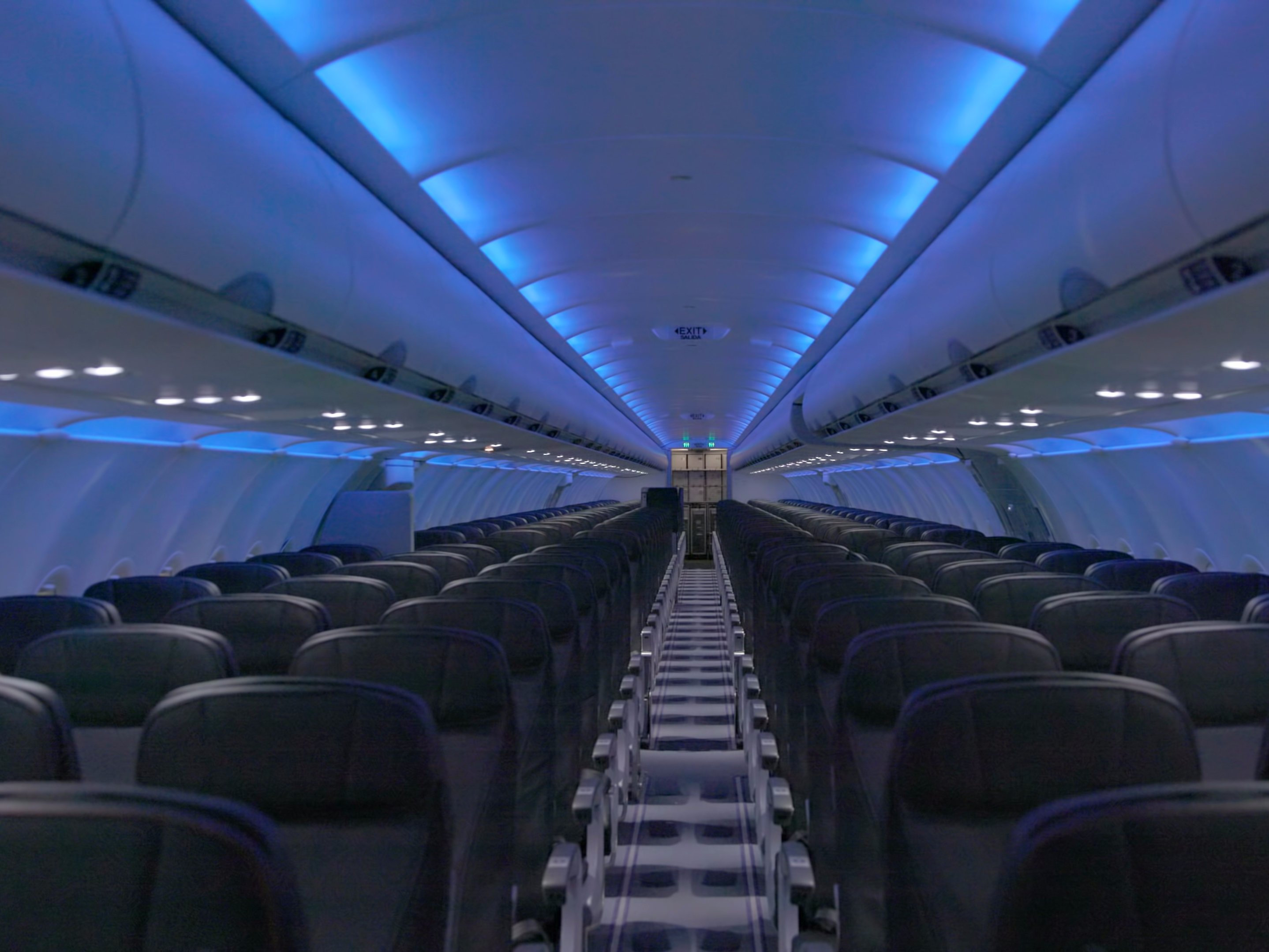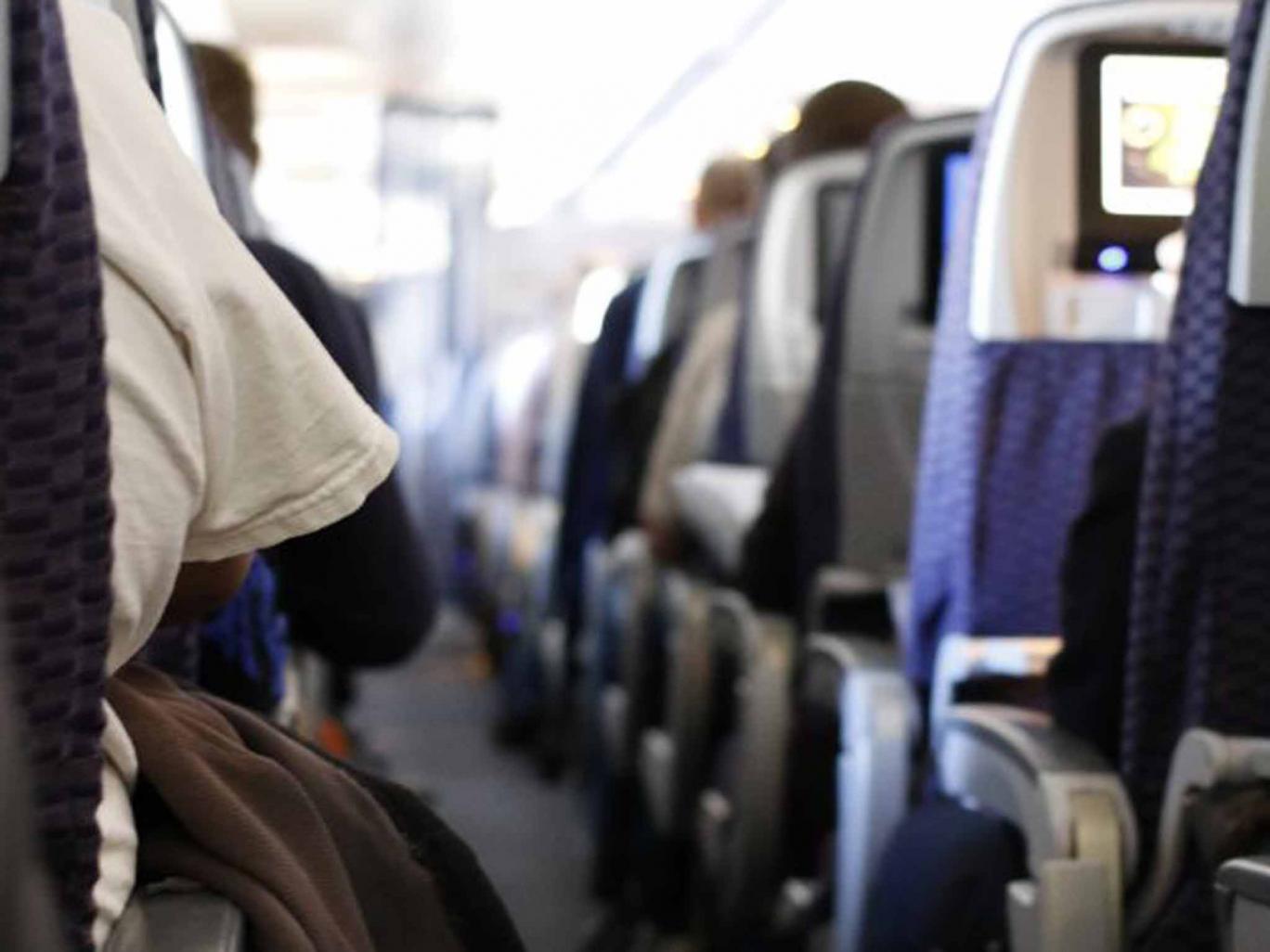Here's Why Airplanes Dim Lights And Keep Window Shades Open During Takeoff And Landing
It's all about survival.
Given the fact that I very recently started taking flights, my in-flight experiences are quite raw, for each time I fly, a massive headache grips me and I feel uneasy. Also, as you all must have previously wondered, why are the cabin lights dimmed and the window shades raised on airplanes before and during every takeoff and landing?
It's a practice that has long perplexed almost every single flier
Many travellers are unclear if it’s meant to force those on board to put down their books or phones and pay attention, or if the lighting is simply a ploy by airline staff to ensure a dramatic finale when they finally touch down.
While it might not seem like a very important procedure, raising the window shades and dimming the cabin lights during landing and takeoff is actually is a very crucial safety precaution as it is during the takeoff and landing when most accidents happen
"The window shade opening is a part of a long process to prepare the cabin for sudden (unexpected) emergencies", an Aviation Safety Officer, under the moniker Heidel Ber Gensis, explains in the Travel section of StackExchange website.
He further explains, in detail, saying that the cabin crew have only 90 seconds to evacuate all passengers in case of emergencies, regardless of the size of the aircraft or the number of passengers. "So to make the evacuation possible in 90 seconds cabin crew and other airlines staff will prepare every flight in advance to make this possible."
Basically, opening the window shades before and during every takeoff and landing is a small part of a long preparation process
Specific reasons behind the window shade opening include:
1. To allow natural light in as well as to allow people in the cabin to see outside to discover potential emergency issues.
2. Shades are open so cabin crew can easily see outside conditions to help them in planning the evacuation (which doors to use for evacuation etc.).
3. During the daytime, opening window shades and dimming cabin lights makes our eyes used to sunlight so if something goes wrong and passengers need to be evacuated there will not be a sudden change in light contrast which might lead to temporary blurred vision.
PS: Although reading light is allowed to be on, it illuminates a small area and does not have a large effect, but it would be wise to keep that one off too.
Similarly, the cabin lights are dimmed so as to allow passengers to adjust their eyes to the natural light outside the airplane, explained Pilot Chris Cooke, who flies with a major domestic airline in the US
He explains, "Imagine being in an unfamiliar bright room filled with obstacles when someone turns off the lights and asks you to exit quickly."
He added that passengers are also asked to leave blinds up upon descent for similar reasons. Unobstructed windows can bring in natural light in case lights are suddenly cut out and help guide passengers to safety.

